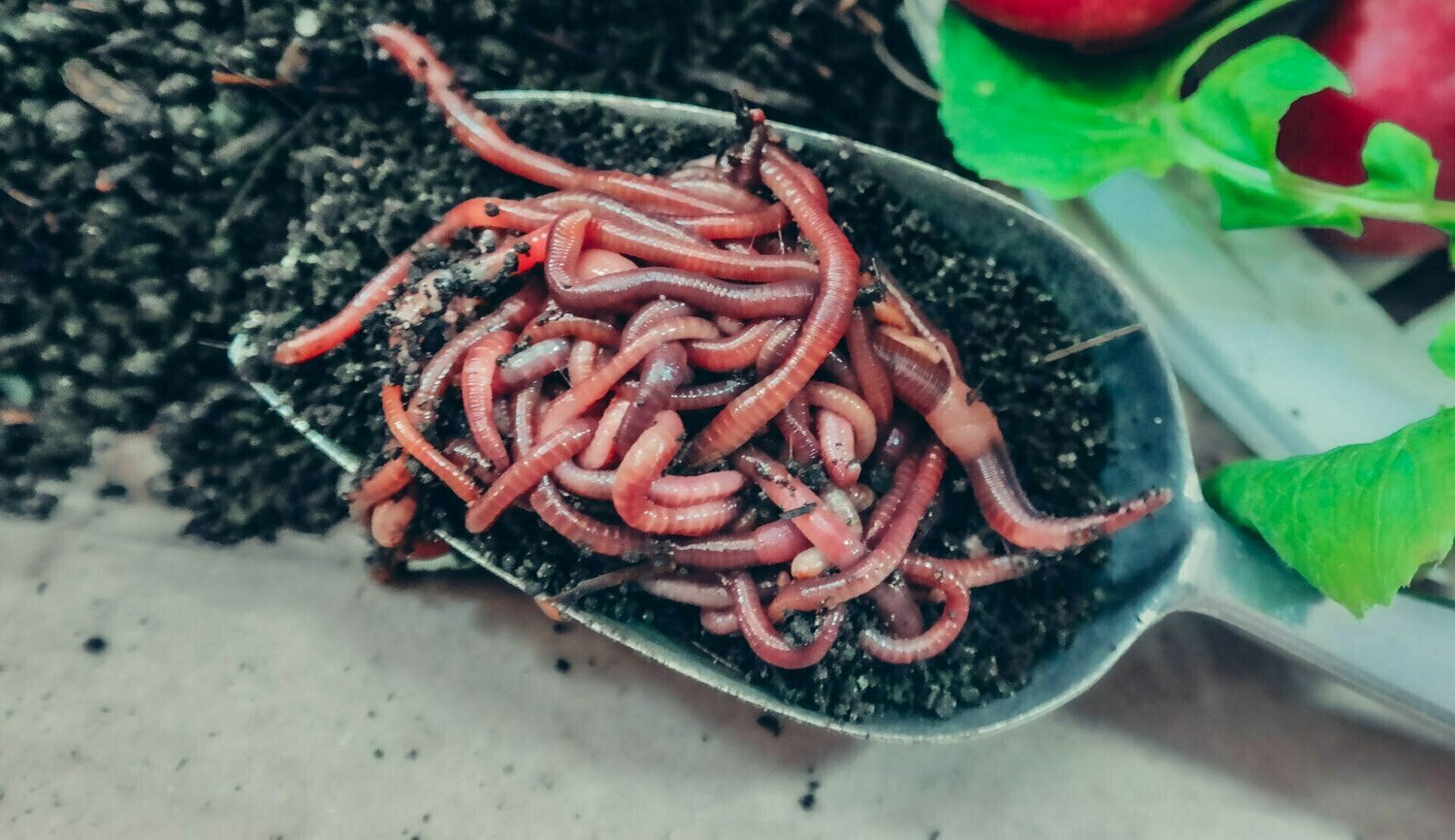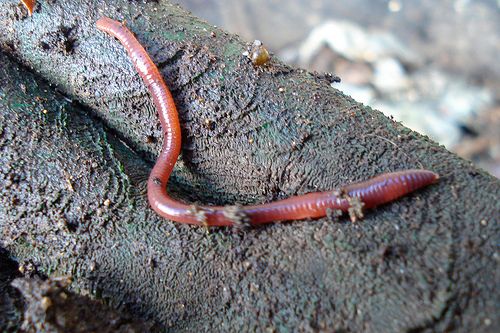Red Wiggler Worms - Essential for Healthy And Balanced and Effective Gardens
Red Wiggler Worms - Essential for Healthy And Balanced and Effective Gardens
Blog Article
Optimizing the Advantages of Red Wiggler Worms: A Comprehensive Guidebook for Home Gardeners and Urban Farmers
In the realm of sustainable gardening practices, red wiggler worms stand as unrecognized heroes, quietly transforming organic waste into nutrient-rich castings that can work wonders for soil health. By exploring the ins and outs of exactly how to successfully care for and take full advantage of the advantages of red wiggler worms, people can open a wide range of opportunities for enhancing the sustainability and efficiency of their horticulture endeavors.
Comprehending Red Wiggler Worms
Red Wiggler worms, renowned for their effective composting capacities, are a species of earthworms extensively utilized in vermiculture methods. These worms, clinically known as Eisenia fetida, prosper in decomposing natural product, making them excellent prospects for composting.
One trick characteristic of Red Wiggler worms is their reproductive rate. These hermaphroditic animals have both women and male reproductive body organs, permitting them to duplicate swiftly under favorable problems. A fully grown Red Wiggler can generate numerous children in a short period, making sure a stable populace within a composting system.

Establishing a Worm Bin
When developing a worm container for vermiculture purposes, appropriate prep work and attention to detail are crucial for producing a helpful environment for Red Wiggler worms. Begin by picking an appropriate container for your worm container. This can be a plastic or wood container with a lid to preserve dampness levels and safeguard the worms from light. Make sure that the container has drain openings at the bottom to stop waterlogging.

Place the worm bin in a trendy, dark place away from direct sunlight and severe temperatures. Frequently keep track of the dampness levels, adding water if the bed linen feels half-cracked or dry. Feed the worms a well balanced diet plan of fruit and vegetable scraps, preventing citrus fruits, onions, and spicy foods. By following these actions, you can set up a thriving worm container that will effectively process natural waste into nutrient-rich vermicompost for your yard.
Feeding and Preserving Worms
Guaranteeing a healthy and well balanced diet plan is critical for the health and performance of Red Wiggler worms in a vermiculture system. Red Wigglers are voracious eaters, with the ability of eating their very own body weight in organic matter daily. To keep a successful worm populace, it is necessary to offer them with a range of food scraps such as vegetables and fruit peels, coffee grounds, tea bags, and crushed eggshells. It is vital to avoid feeding them citrus fruits, onions, garlic, dairy products, meat, and oily foods as these can be dangerous to the worms or cause unpleasant odors in the bin.
Proper moisture levels are also vital for the health of Red Wiggler worms. By diligently monitoring their diet, dampness, and ecological problems, home gardeners and urban farmers can sustain a effective and healthy Red Wiggler worm populace for composting functions.
Harvesting Worm Spreadings
To effectively extract nutrient-rich worm spreadings from the vermicompost, a systematic harvesting procedure is vital for optimizing the composting benefits. Red Wiggler Worms. The initial step in collecting worm castings is to urge the worms to migrate away of the bin. This can be attained by placing fresh food scraps on one side and leaving the opposite side undisturbed for a couple of days. Once the bulk of worms have dodged with fresh food, the spreadings can be collected from the contrary side.
After the spreadings have actually been harvested, it is essential to divide any staying worms from the castings to stay clear of harming them during storage or application. One reliable approach is to develop conical heaps of spreadings under brilliant light. Worms will naturally relocate away from the light, enabling for easy separation and elimination.
Lastly, the gathered worm spreadings must be saved in an awesome, dark, and dry location to preserve their high quality and performance as a nutrient-rich dirt modification. By adhering to these actions, home garden enthusiasts and urban farmers can maximize the benefits of red wiggler worms in their vermicomposting systems.
Utilizing Worm Castings in Gardening
The incorporation of nutrient-rich worm check here castings into garden soil can considerably improve plant growth and general soil health and wellness. Worm spreadings, additionally referred to as vermicast, are a natural fertilizer produced by red wiggler worms as they break down raw material. These castings are rich in necessary nutrients like nitrogen, phosphorus, potassium, and beneficial microbes that promote plant growth and enhance dirt framework.
When making use of worm castings in horticulture, it is crucial to blend them extensively into the dirt or utilize them as a top dressing around plants. The slow-release nature of worm spreadings ensures a stable supply of nutrients to plants gradually, lowering the risk of nutrient leaching and promoting long-lasting soil fertility. Furthermore, worm spreadings aid boost soil aeration, water retention, and microbial activity, producing a healthy and balanced setting for plant roots to prosper.

Verdict
Finally, the application of red wiggler worms in home gardening and city farming can considerably profit dirt health and plant growth. By comprehending just how to set up and preserve a worm container, feed the worms effectively, and harvest their nutrient-rich castings, gardeners can take full advantage of the advantages of these earthworms. Incorporating worm castings into horticulture practices can improve dirt fertility and total plant productivity. On the whole, red wiggler worms offer a reliable and lasting solution for boosting garden and ranch yields.
In the world of sustainable horticulture techniques, red wiggler worms stand as unsung heroes, quietly transforming organic waste into nutrient-rich castings that can work marvels for soil health and wellness.When establishing a worm container for vermiculture objectives, pop over to this site appropriate prep work and focus to detail are necessary for creating a helpful atmosphere for Red Wiggler worms. The initial action in gathering worm castings is to encourage the worms to move to one side of the container. Worm castings, additionally recognized as vermicast, are a natural fertilizer go to my site generated by red wiggler worms as they damage down organic issue. By recognizing exactly how to set up and keep a worm container, feed the worms correctly, and harvest their nutrient-rich spreadings, gardeners can take full advantage of the benefits of these earthworms.
Report this page